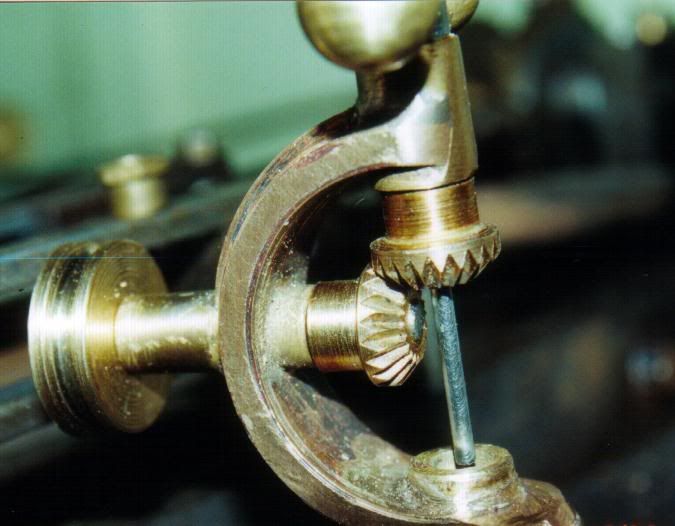I need a pair of bevel gears for 1:1 right angle drive to operate an inlet valve. Sadly I have no idea how to manufacture same. I have a lathe and mill but the way I see it I think you would need a shaper to make these. I looked up prices to buy ready made and needed to sit down after the shock  . I considered getting a pair of brass mechano gears off of flea bay but would prefer steel, and am uncertain of the condition.
. I considered getting a pair of brass mechano gears off of flea bay but would prefer steel, and am uncertain of the condition.
So several questions really. Is it possible to make these with the equipment I have, or can I scrounge these off of some obsolete or scrap gear, or is there a reasonably priced supplier in the UK someone can point me at.
Best Regards
picclock
So several questions really. Is it possible to make these with the equipment I have, or can I scrounge these off of some obsolete or scrap gear, or is there a reasonably priced supplier in the UK someone can point me at.
Best Regards
picclock





